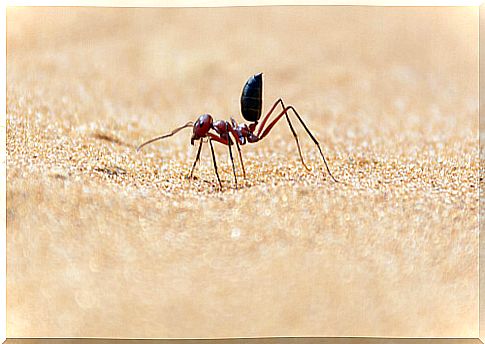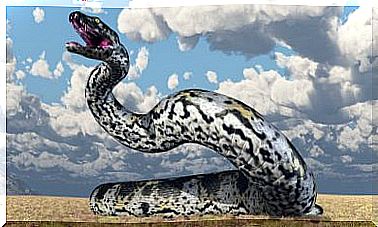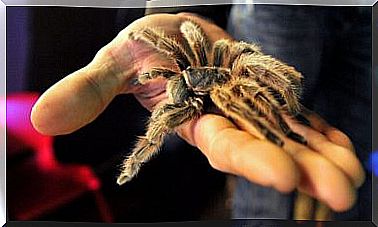Seven Animals Resistant To High Temperatures

In nature, the strategies that living beings adopt to survive can be highly variable and most curious, and one of them is resistance to heat. But we are not talking about withstanding temperatures of 25 or 30 ºC, but of 70 and even more than 100 ºC.
For people this is something unfeasible, however, there are certain animals that have had no choice but to adapt to these extreme environments. If you would like to meet some of them, we invite you to continue reading the following lines.
Animals that endure extremely high temperatures
On Earth there are very diverse environments, where environmental conditions differ significantly. For example, there are areas where oxygen is scarce or where humidity is very high. But one thing is clear, wherever it is, surely there is some organism inhabiting it.
When we refer to this type of situation, the most logical thing is to think of bacteria or viruses. However, there are also animals capable of adapting to these exceptional circumstances such as extreme heat. Here are some of the animals that, in some way, resist extreme temperatures.
Puppy fish
Fish in the cyprinodontid family (such as sardines) are considered the loneliest animals in the world. They are barely 2.5 centimeters tall and inhabit waters found in very arid areas:
- Cyprinodon diabolis resides in the Devil’s Hole, a small pond isolated by large limestone walls located in the American desert of Death Valley National Park. It is able to withstand up to 38 ºC that spring water gives off.
- Julimes the puppy is a fish that swims in the wetlands of El Pandeño (Chihuahua), where the waters reach 45ºC.
- Cyprinodon pachycephalus is endemic to the thermal waters of Aldama (Nuevo León) where they endure temperatures that touch 44 ºC.

The Pompeii worm
This Extremophilous animal lives in the waters of hydrothermal vents. Its tail remains in the water jets at 80 ° C, while the head, colder, protrudes from them and stays at about 22 ° C.
In a study published in the scientific journal PNAS , the scientists stipulated that they are able to withstand these high temperatures due to a symbiosis that they establish with bacteria: the microorganisms in their body isolate it from heat while the worm feeds them with substances that they are released through glands in your back. One of the most striking features of this creature is the fan of red gills that they have on their head.
Desert ants
This genus of ants are more than adapted to harsh habitats, where dryness and high temperatures predominate. Their physical characteristics make them the animals that best withstand this suffocating heat, up to 50 ºC. It is then that they use their long legs to find the dead insects that did not survive the fiery environment.
The wild ass
Dibokalis are donkeys that live in northern Ethiopia, where they can cope with hot summers when temperatures reach 49ºC. The morphology of their ears allows them to dissipate heat and the ability to last a long time without drinking water make it possible for them to resist these very dry environments.
Rüppell’s fox
These mammals, distinguished by being smaller than the common fox, live in the heart of the Lut desert, southeast of Iran. They are also known as sand foxes. The secret to fighting the suffocating temperatures lies in their ability to store water. Its tiny size is considered another of the adaptations.

The greater bilbi
The greater bilbi is an endemic marsupial to Australia. Its pronounced claws allow it to dig spectacular and deep burrows where it takes refuge and isolates itself from the heat. They live in the badlands , one of the hottest and arid territories. In fact, in 2003 they were recorded up to 69 ºC.
Tardigrades
Besides being the only animal that can live in space, they are also capable of withstanding 150ºC. Thanks to a state called cryptobiosis, these microscopic organisms inactivate their metabolism to survive extreme conditions such as radiation or lack of water.
The fight for survival is won by the fittest
Among the many strategies that living beings use to inhabit impossible places, resistance to extreme heat is one of the most surprising. As we have seen, the size and body structure is a clear adaptation to this situation.
In addition, as we have mentioned above, characteristics such as wide ears, long legs or thick claws are, without a doubt, the result of natural selection that allows only those who have them to survive.
Therefore, although in nature it seems to us that force or speed are fundamental capacities to win the fight for survival, we can conclude that the winner will be the one who is best adapted.









